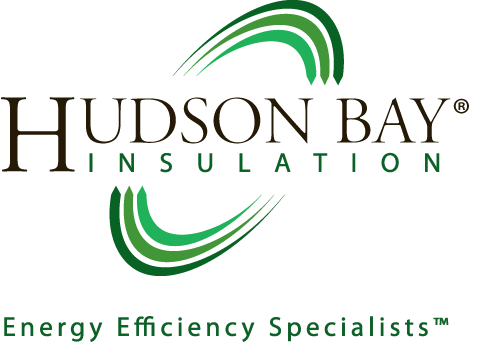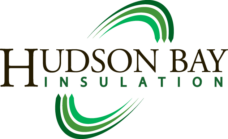
10-29-24 Developing Effective PTP's in the LMS
Last week, we discussed the importance of Pre-Task Plans (PTPs) in ensuring we safely plan our workday. This week, we’ll focus on how to create a more effective PTP within the Learning Management System (LMS). Rather than going through each step of the PTP, we’ll highlight areas where improvement is often needed.
Job Information
- Location of Work: Clearly specify the exact location where the work will take place. For example:
- 4th-floor mechanical room.
- Building 2, levels 5-9.
- Task Description: Provide a detailed task description to avoid ambiguity and ensure everyone understands what needs to be done. Be specific:
- “Insulate CHW, HHW, CW, DCW, DHW systems with fiberglass pipe covering.”
- “Install mineral wool safing & firestop sealant around all mechanical & electrical floor & wall pens per mfg. specifications.”
- Superintendent: This is a new and required field. The selected superintendent will automatically receive a copy of your completed PTP.
Work Task & Environment Evaluation
- Steps of the Task: The steps should strike a balance between clarity and practicality—specific enough to provide clear direction but not overwhelming. Examples include:
|
|
|
|
|
|
|
|
|
|
|
Ensure accountability of work crew & depart jobsite. |
- Hazards of the Task: This section should be detailed to ensure safety while remaining practical for the team to understand and act upon. Based on your task steps, potential hazards might include:
|
|
|
|
|
|
|
|
|
|
|
|
|
|
- Hazard Control Methods: Your hazard control methods should follow the
Hierarchy of Controls, prioritizing the most effective ways to eliminate or mitigate risks: Elimination, Substitution, Engineering Controls, Administrative Controls and lastly through the use of PPE. Examples of hazard control methods could include the following.
|
|
|
|
|
|
|
|
|
|
|
|
|
|
|
|
Remember This!
Our goal is to make the development of our pre-task plans a valued and integral part of our daily work process, rather than just a “check-the-box activity”. By creating effective and detailed pre-task plans, you are proactively managing risk, improving communication, and ensuring all work tasks are completed safely and efficiently.
If you would like assistance in developing a more effective and detailed pre-task plan, please do not hesitate to reach out to your superintendents or a member of your safety team. We are here to support you!
